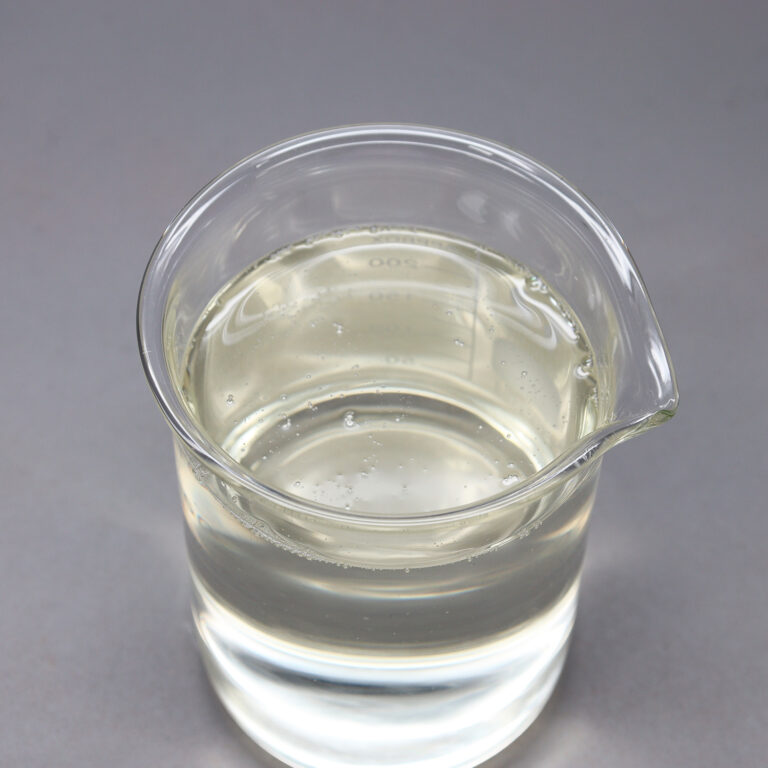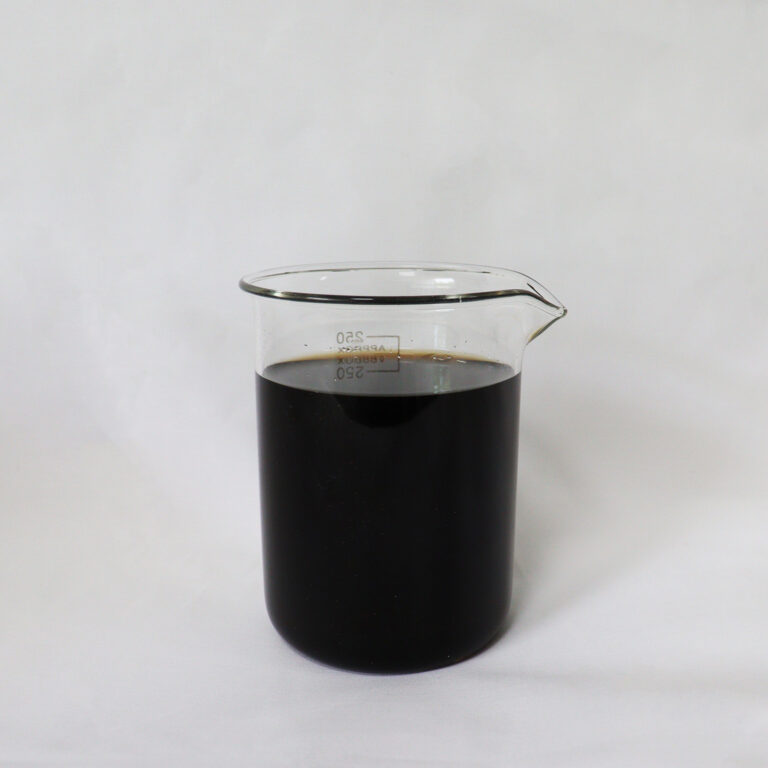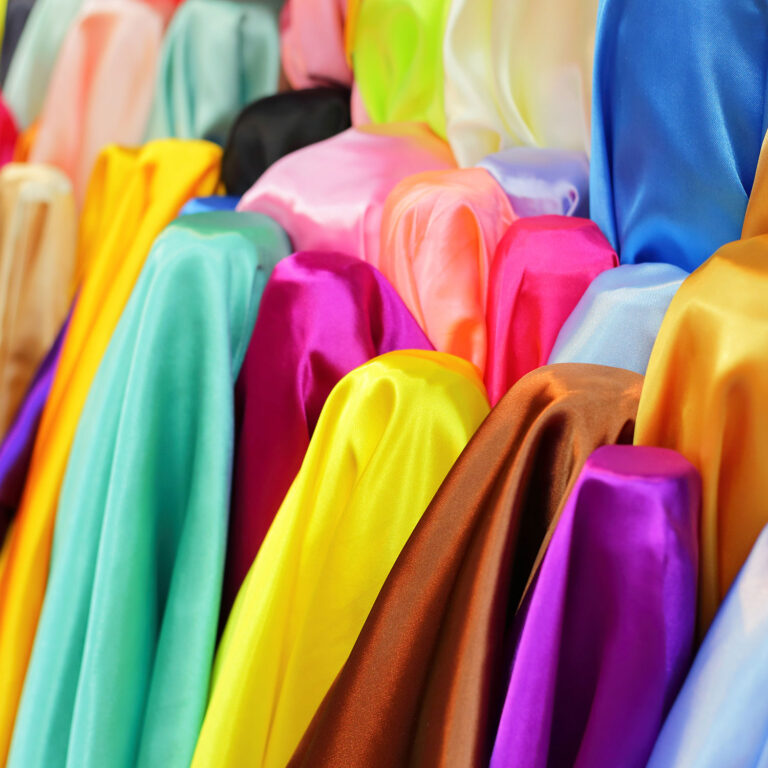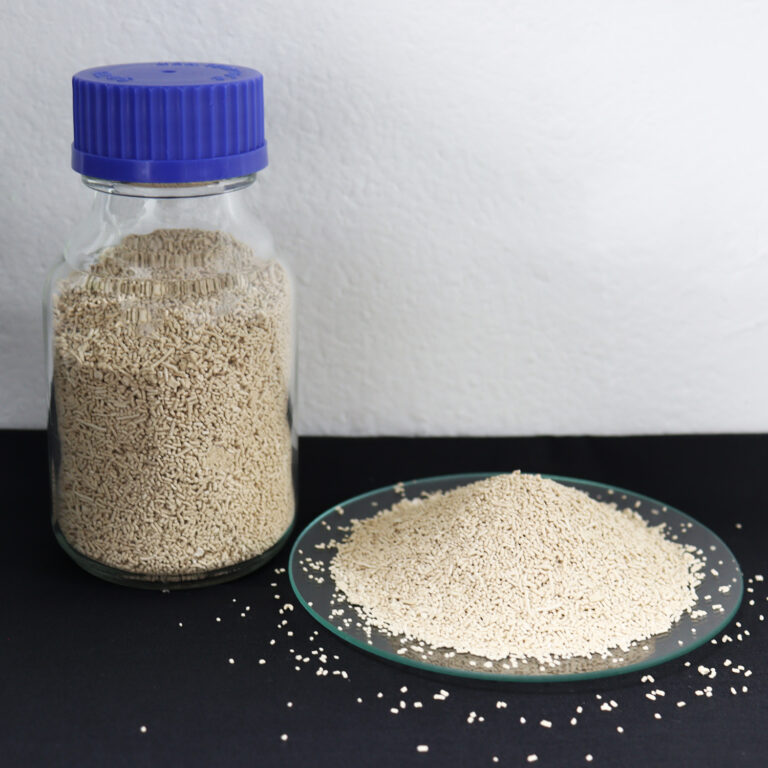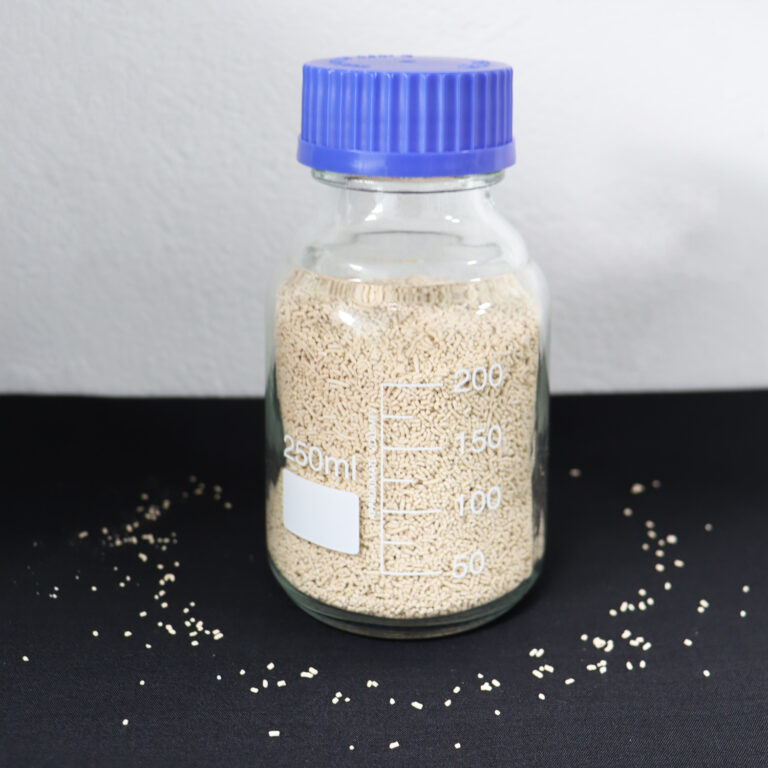The clothes we wear every day are more than just fashion statements—they’re the result of sophisticated science. Chemistry plays a vital role in shaping fabrics to meet our expectations for comfort, durability, and style. From fiber production to finishing touches, chemical innovations ensure that textiles perform well and look good.
1. Chemistry and Comfort
Comfort is one of the most important qualities consumers look for in fabrics. Chemistry improves comfort in several ways:
- Moisture Management: Hydrophilic and hydrophobic finishes regulate sweat absorption and evaporation, keeping fabrics breathable.
- Softness Enhancers: Softeners and silicone-based finishes create smooth textures for a pleasant feel on the skin.
- Thermal Regulation: Phase-change materials (PCMs) and other chemical treatments help fabrics adjust to body temperature, improving wearability.
Thanks to chemistry, textiles can provide comfort in all climates, from cooling activewear to warm winter jackets.
2. Chemistry and Durability
Durability is essential for ensuring fabrics withstand daily wear and tear. Chemical treatments enhance strength and extend fabric life:
- Anti-wrinkle and shrink-resistant finishes help fabrics maintain shape after repeated washing.
- Abrasion-resistant coatings protect fabrics from damage during frequent use.
- Flame-retardant and UV-protective finishes increase safety and durability in specialized textiles.
Without these chemical processes, many textiles would quickly lose their quality, especially under heavy use or harsh conditions.
3. Chemistry and Style
Style is not just about design but also about color, pattern, and texture—all of which depend heavily on chemistry:
- Vibrant Colors: Dyes and pigments create long-lasting, brilliant hues that resist fading.
- Advanced Printing: Digital and reactive printing techniques enable intricate designs and patterns.
- Surface Finishes: Glossy, matte, or textured effects are achieved through chemical surface treatments.
Chemistry ensures that fashion trends can be expressed creatively while maintaining fabric quality and visual appeal.
4. Sustainability in Comfort, Durability, and Style
Today, consumers want not only high-performing fabrics but also sustainable ones. Chemistry is helping make this possible:
- Enzyme-based treatments replace harsh chemicals in processing.
- Eco-friendly dyes reduce water pollution.
- Biodegradable finishes make textiles more environmentally responsible.
These innovations balance performance with environmental care, ensuring that fabrics of the future are as sustainable as they are stylish.
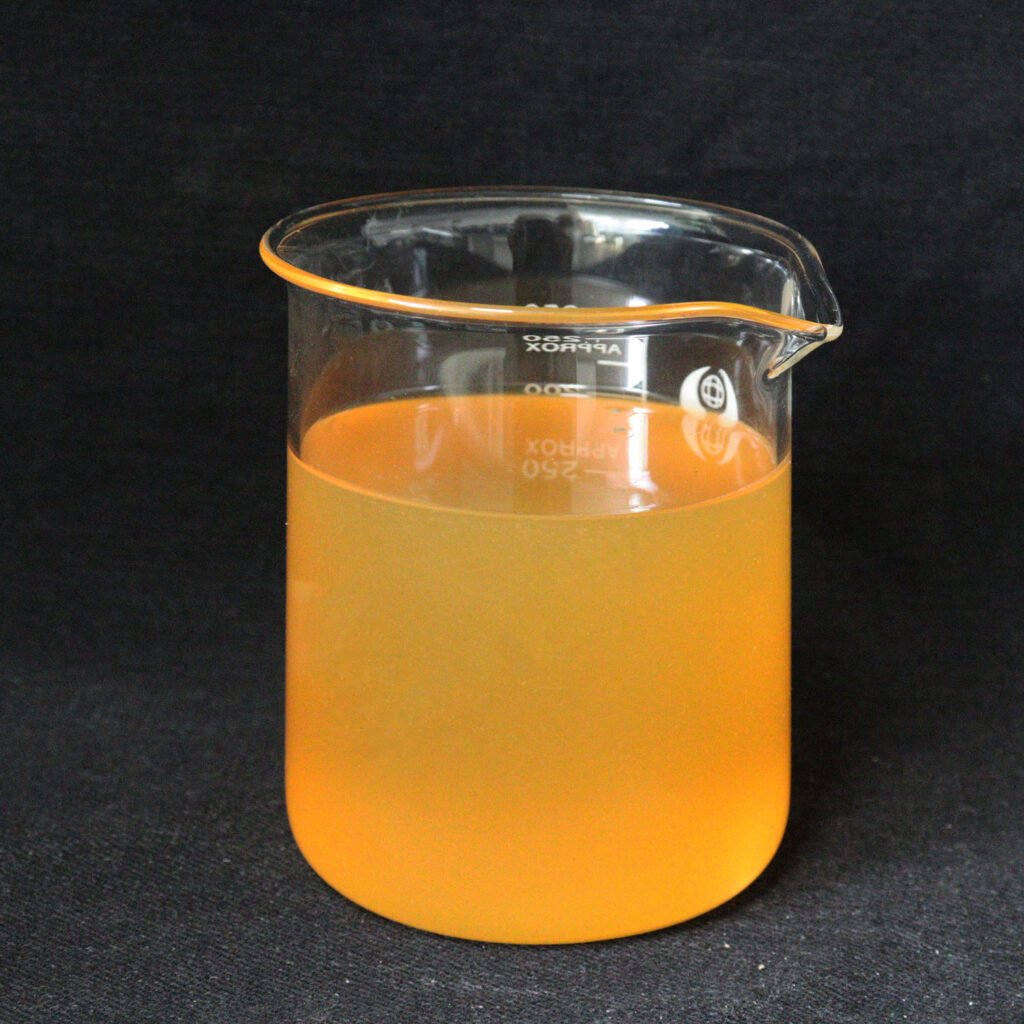

Conclusion
Chemistry is the hidden force that enhances comfort, durability, and style in fabrics. It transforms ordinary textiles into high-performance materials that meet modern demands for fashion, functionality, and sustainability.
For expert solutions in textile chemistry, contact Meixin Biotech at connie.huang@meixinbiotech.com.
Textile Auxiliaries Industry Articles
The Role of Chemistry in Textile Finishing Processes
The Science Behind Fabrics: How Chemistry Shapes What We Wear
Why Chemistry is Essential for Modern Textiles
The Role of Chemistry in the Textile Industry: An Overview
How Chemistry Enhances Comfort, Durability, and Style in Fabrics
Understanding Textile Auxiliaries: The Hidden Chemistry Behind Fabric Quality
Most Common Chemicals Used in the Textile Industry and Their Functions


